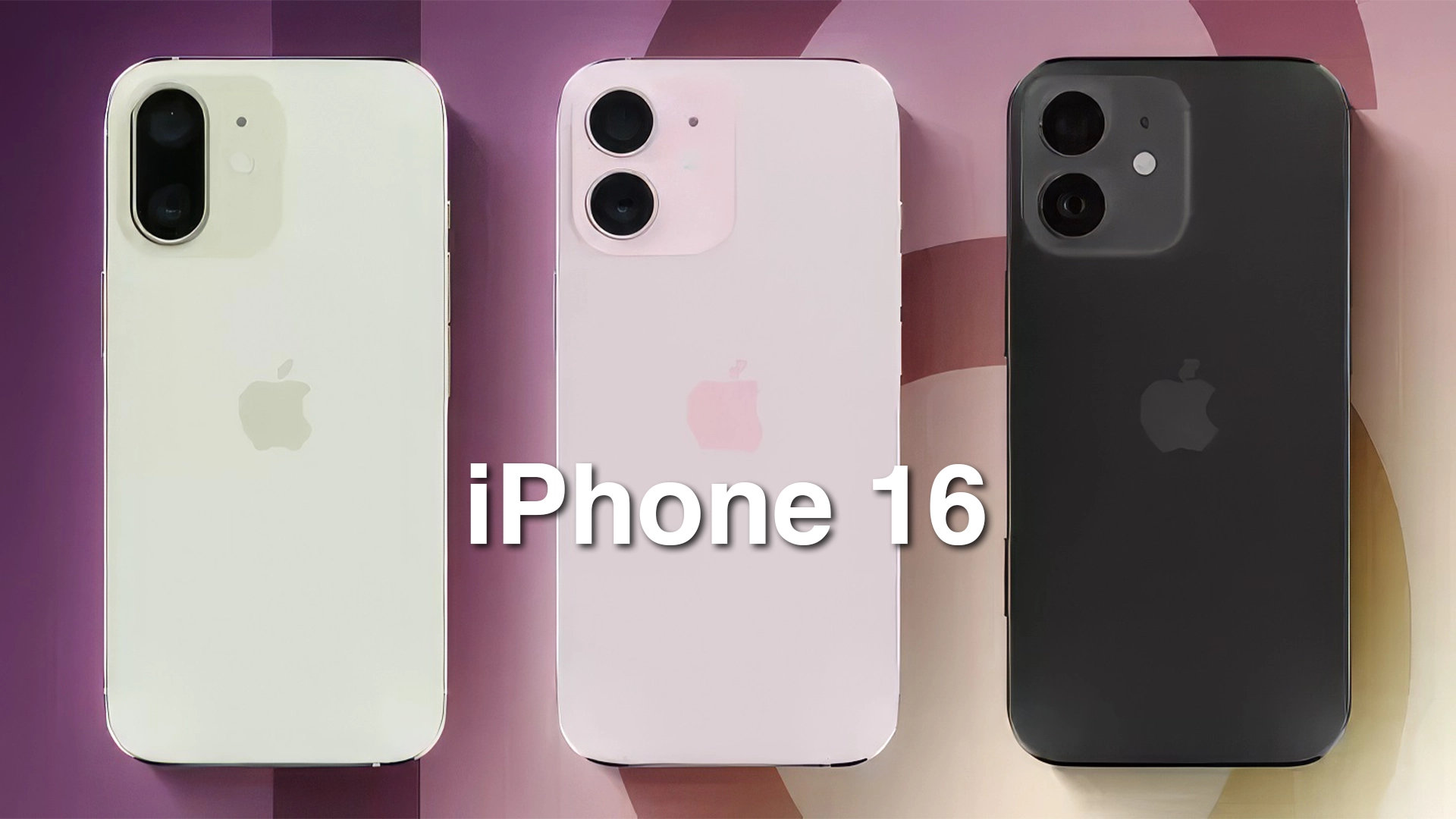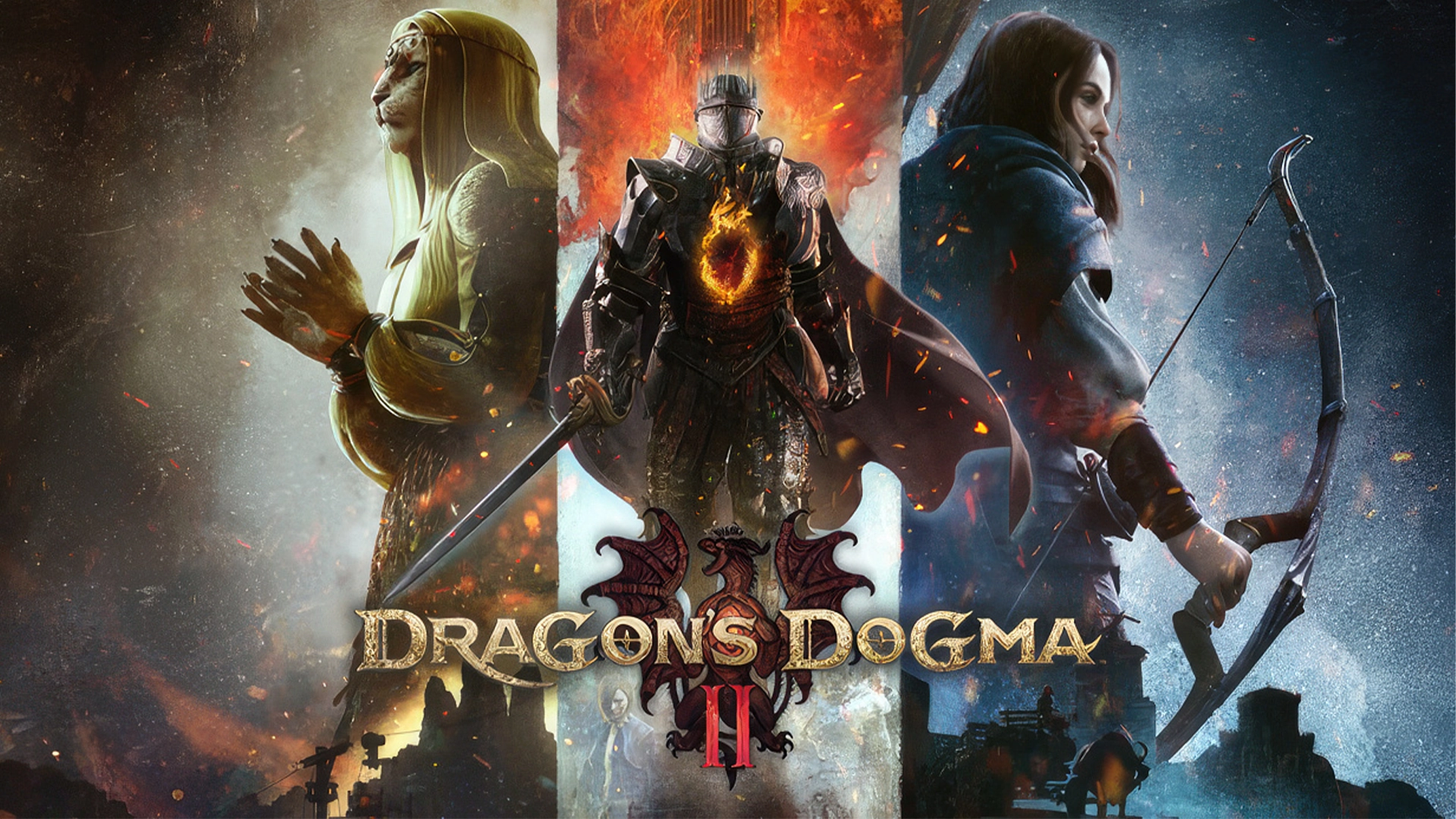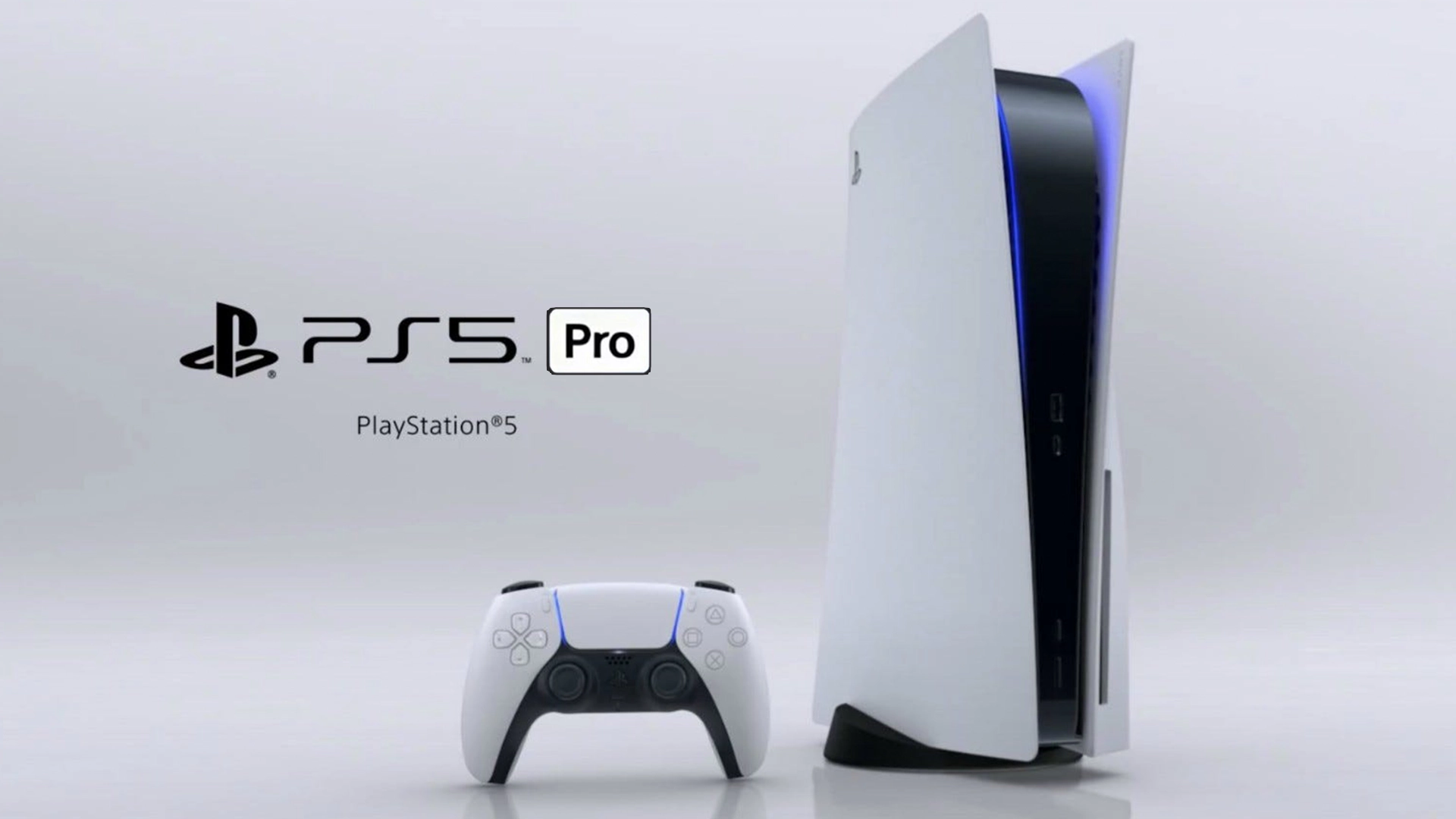HDD (Hard Disk Drives) and SSD (Solid State Drives) are the most popular storage drives. These drives are used to store the data in desktop PC and laptops. HDD are already used for decades and its have been around since 1960s. But recently, the SSD are gaining the popularity because of its speed and the performance. And the demand for SSD has grown in recent years. Now let’s compare these two drives in some aspect.
1. Speed and Performance
First of all, let’s compare their speed and performance. Technology of HDD has improved significantly over the past two decades. But the speed of hard disk drive hasn’t increased at the same level. Commonly the read or write speed is usually around 100 MBPS. And the access time of today’s HDD is in the range of few miliseconds. But this speed is significantly slower than the access time of RAM who has nanoseconds access time. So, even if you have very high-end CPU, with good graphics card and RAM, you will not be able to get the best performance out of that system if you have slow HDD.
With top CPU and GPUs, of course the performance of the system will definitely increase. But because of the limitation of the HDD, the system boot time, the opening time of the applications, and data transfer rate will not be that fast. Especially when you are playing games with open world and high graphic texture, your PC will have stuttering because the texture data can’t loaded in time. While the SSDs, are much faster and have access time in the range of microseconds. And the read and write speed is in the range of 400 to 500 MBPS. Even it is possible to achieve the read and write speed in the range of GigaBytes per second using SSDs.
2. Internal Structure
Why SSDs are so fast and HDD are relatively slow ? Because the inside of HDD consists of rotating disk. These disk rotate at the speed of 5400 or 7200 RPM in laptops. And it can go up to 10000 RPM in desktop. And in some enterprise hard disk, the speed can go up to 15000 RPM. In these HDD, the data is stored magnetically on these disk using the head. And the data is stored in these HDD in form of tracks and the sectors.
As it involves the mechanically moving parts, there is a limitation on the speed at which the data can be accessed or written on these HDD. But the SSDs are designed using the NAND flash memory and does not have any moving part, they have very fast access time and very low latencies. Apart from the flash memory, the SSD also contains the microcontroller and the small cache memory. Using the microcontroller, the flash memory cells can be accessed or programmed, and using the cache memory it is possible to store the incoming and the outgoing data temporarily.
3. Size
Next let’s compare the two drives in terms of the size. Today’s hard disk drives are typically available in two size. For desktop, it is available in 3.5-inch, while for a laptop it is available in 2.5-inch. On the other end, the SSDs are available inmany size. The most common is the 2.5-inch, while the mSATA and the M.2 SSDs are available in very small size and they are used in ultrabooks and tablets.
4. System Interface
Then let’s compare these two drives in terms of the system interface. The system interface defines how these drives are connected or interfaced with the system. Today’s hard drives are connected to the system using the SATA interface. The SSD, mSATA, and SATA hard drives are connected to the system using SATA interface. While M.2 SSD can communicate with the system using either SATA or PCI express bus.
5. Storage Capacity
Now if we compare these drives in terms of the storage capacity then for the hard disk drive, 1TB capacity is most common in desktops and laptops. But for desktops, even 10TB of hard drives are commonly available in markets. And if we talk about the SSDs, then as of now the SSDs are available from 120GB up to 4TB. For laptops typically, it is available from 120 GB up to 1TB. While for the desktop it is available up to 4TB.
6. Price
If we talk about the price, then these SSDs are more expensive than the HDD. As of now the price per GigaBytes for SSD is almost 3 to 4 times the HDD price. But as the demand of SSD is growing, the price is also reducing. And maybe one day, it will become as cheap as the today’s HDD.
7. Durability
In terms of durability, HDD are more durable and data can be stored for longer times. On SSD, some brands provide the endurance rating for these SSDs, and it is defined by the term drive writes per day. It means that the number of times the user capacity of the drive can be written per day over the warranty period. But after that limit you can’t use your SSD anymore.
Overall SSDs have many advantages over the hard disk drives. But these SSDs are quite costlier than the HDD. If someone is looking for big storage pull, with the reasonable cost then he can go for the hard disk drive. While on the other end, if someone wants very fast performance and willing to pay more money for that performance then go for the SSDs.











